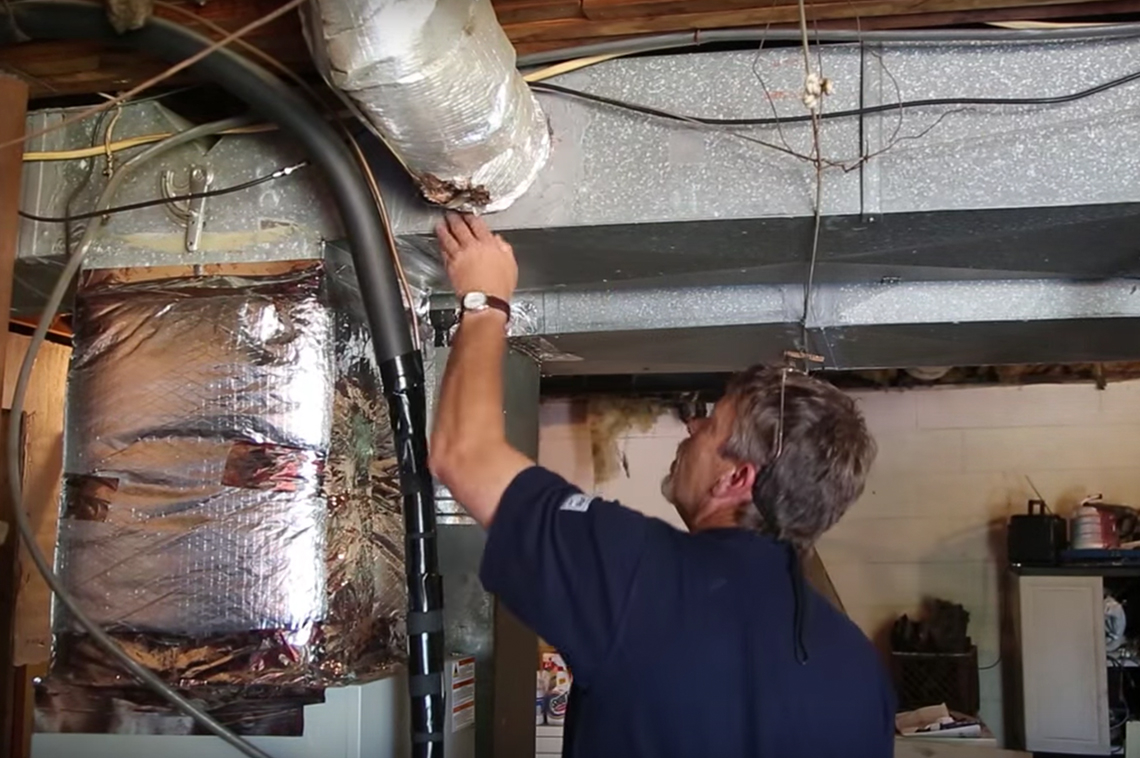
How could an electric power company help its community feel more connected and more grounded—beyond the obvious ways? The Tennessee-based Electric Power Board of Chattanooga (EPB) is one of the country’s largest publicly owned power providers. In recent years, they’ve become known as an early supplier of gigabit-speed internet, and a partner in the city’s first community solar project. What drives big moves like these?
“We’re really lucky in that we’re a public entity with a public service mission: to increase quality of life for the people we serve,” says Elizabeth Hammitt, EPB’s Director of Environmental Stewardship & Community.
At the March 2018 Creative Placemaking Leadership Summit, held in Chattanooga, Hammitt presented on one of the company’s more artful initiatives. It involved EPB’s Home Energy Upgrade program, a cohort of community partners, and some newly minted student filmmakers.
Home Energy Upgrade is a free program available to EPB’s low-income customers. Eligible residents receive a visit from an EPB technician and an “energy prescription” for making the most of their energy budget, which can include hundreds or thousands of dollars worth of upgrades donated by EPB. “We’ve had customers who had primarily lived in one room of their home for decades because they just had one window AC unit,” Hammitt explains. “Through Home Energy Upgrade improvements, we’ve been able to expand that cooling power so they can use their whole home without getting a bigger bill.”
From the program’s earliest concept stages almost five years ago, EPB has consistently partnered with a group of community institutions to ensure Home Energy Upgrade is offering the best service possible. Organizations including Green Spaces Chattanooga, Chattanooga Housing Authority, The Salvation Army in Chattanooga, United Way of Greater Chattanooga, Catholic Charities of East Tennessee, and Habitat for Humanity of the Greater Chattanooga Area, along with program funders including The Lyndhurst Foundation, The Benwood Foundation, and The Footprint Foundation “have all taught us a lot about how to structure a customer-friendly program,” Hammitt says.
EPB piloted the program in Avondale, a storied Chattanooga neighborhood bordered by the Tennessee Valley Railroad Museum and the area’s Regional Transportation Authority that has endured acute disinvestment in recent decades. “When we were working in Avondale, we got to know many of its local leaders: the neighborhood association president; the people who run the local Youth and Family Development Center,” Hammitt says. “We found the YFD Center was really the heartbeat of this community. Youth and seniors both spend a lot of time there, and there was a lot of programming for kids especially.”
Hammitt says EPB had some funding left over in their 2014 marketing and outreach budget, and brainstormed with their partners about how to use it. “We wanted to do something artistic, and to leverage the good work that was already going on,” she says.
Through their conversations, the idea of offering a film course at the Avondale YFD emerged: EPB’s in-house videographer would teach a six-week class to high school students interested in learning about the technical aspects of filmmaking, the history of their neighborhood, and efficient energy use. Their culminating project would be a series of two-to-five minute films that screened at a well-attended Oscar-themed film festival at the YFD Center and then became available for viewing on EPB’s website (now they're on YouTube).
“You could see the students enjoyed learning more about their neighborhood: its roots, and what older neighbors remembered about growing up versus what it’s like now,” Hammitt says. “They looked at their community through the eyes of their elders and through the lens of the camera. They looked at the beautiful flowers twisting in the breeze, at these homes people have lived in for decades. It really changes the way you see your neighborhood when you see it with an artist's eyes.”
In addition to empowering students to reframe their vision of Avondale, Hammitt says the Home Energy Upgrade program and its creative outgrowths have netted other quality of life benefits for residents. “Once they saw one home improving through EPB, neighbors would start picking up their own yard, painting shutters, asking how they could be part of the program, too. The feeling of investment spread.”
EPB surveyed recipients about how the program has affected their health, and 84 percent reported an improvement. Some were able to get off their allergy meds, some were able to sleep through the night since their homes were more comfortable, and some requested fewer sick days. “One woman told us she knew she was going to live longer because she couldn’t afford to buy her medication before but now she could,” Hammitt says.
The filmmaking project was a win-win for EPB, since it supported the company’s mission while aiding its communications plan. “We can use these videos to tell the story of Home Energy Upgrade,” Hammitt says. “And it’s the story told not by us, but by the residents who have taken part in it. It’s promoting the voice of the community we were working in.”
On EPB’s overall role in the city, Hammitt says, “We want to be a supportive partner who listens to what our customers want; we don’t presume to know what those things are. There’s so much good work going on in the Avondale community now: the YFD Center already had great programs and a passionate director. We just came alongside that and added what we could. It takes time to listen and get to know these leaders. That’s where a lot of this work happens.”
While Home Energy Upgrade continues, EPB is seeking new ways to incorporate creative placemaking initiatives into its programming. It’s currently working with community partners on ArtSpark, an educational program with the 2018 theme "The Beauty of Electricity.” Participating students will design a vinyl wrap to cover an EPB utility box in the city’s downtown.
“Art and energy and technology aren’t mutually exclusive,” says Hammitt. “It’s beautiful when they can come together.”





